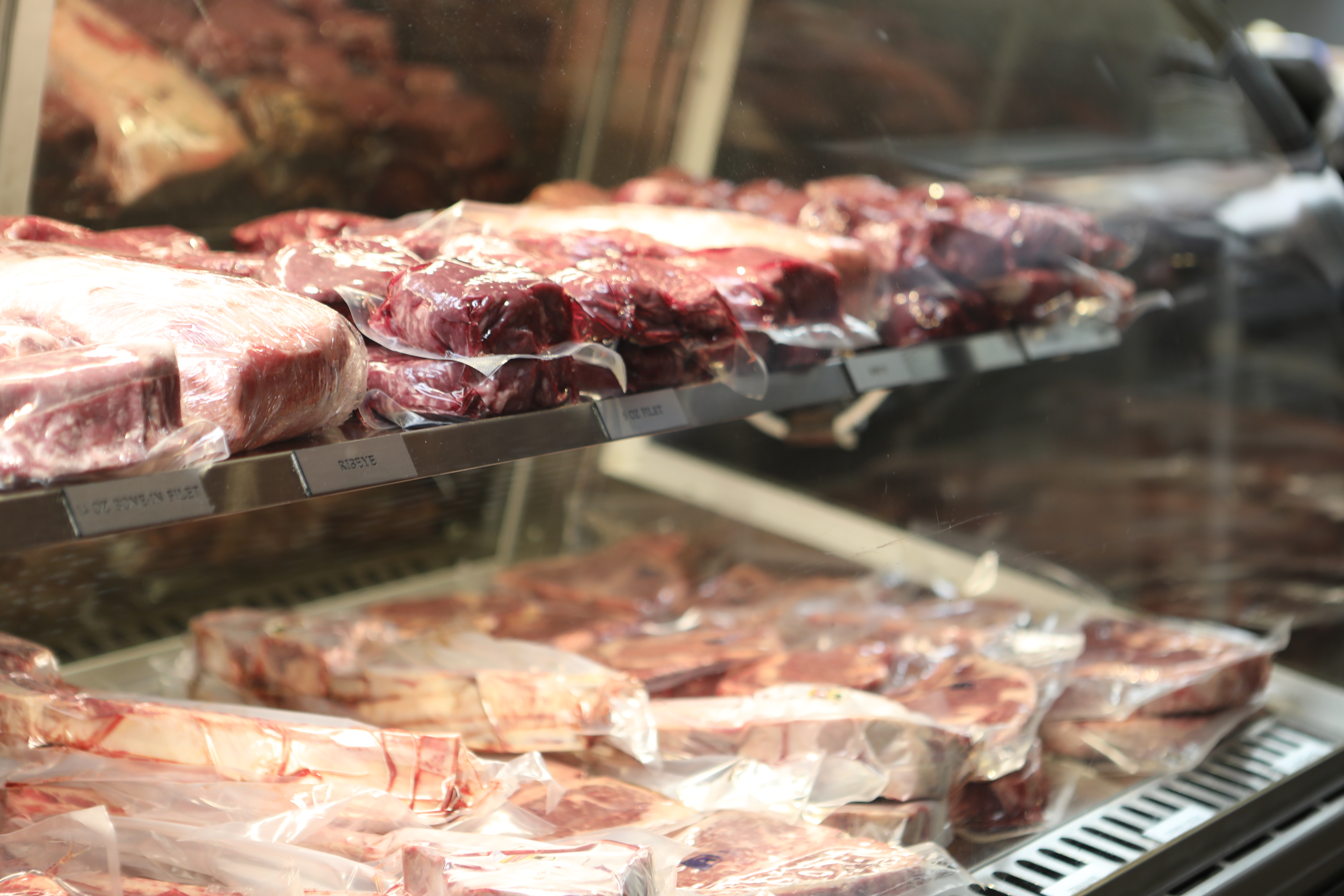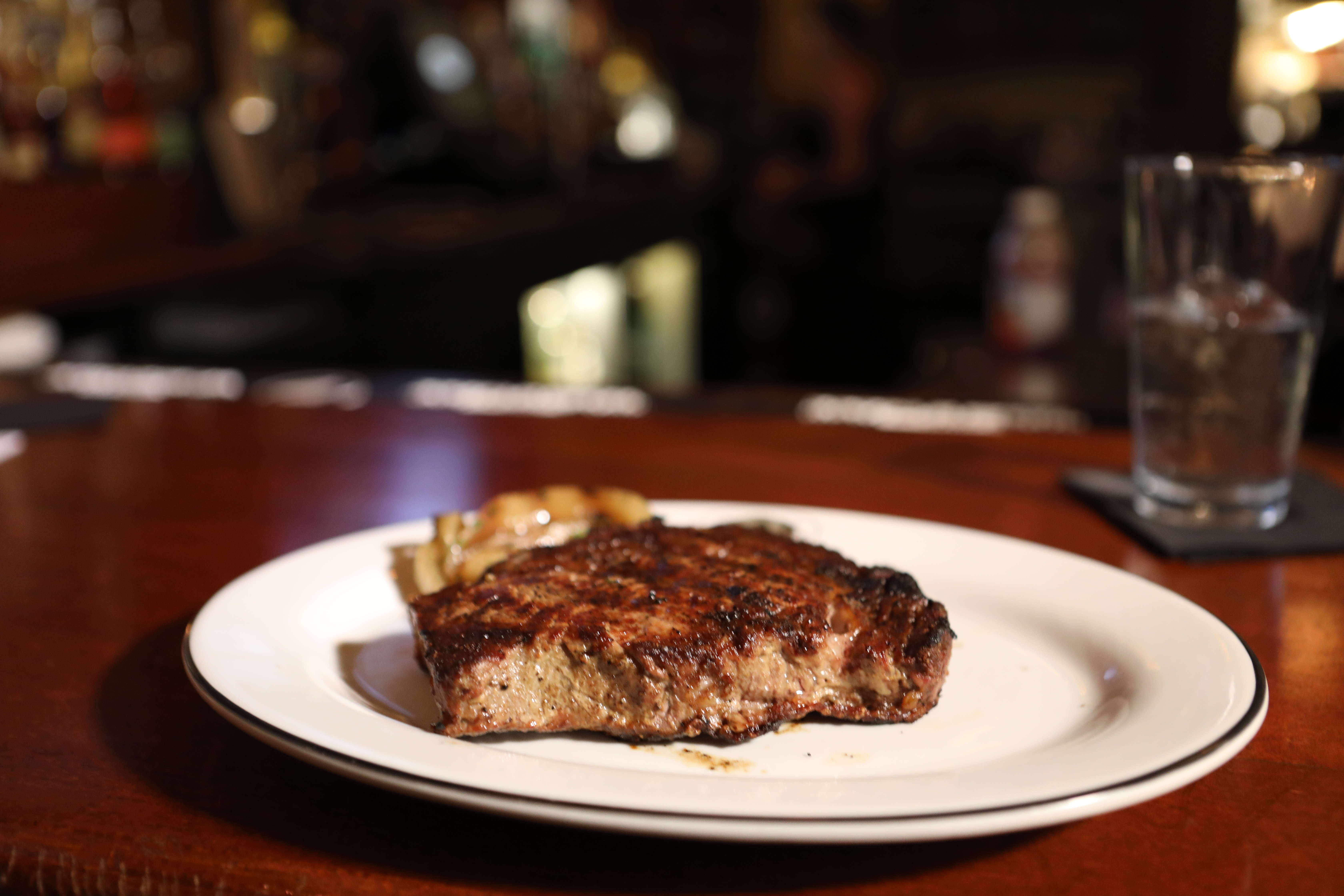
Give consumers what they want
by Jackie Eager
When you walk into a grocery store, you’re surrounded by choices of several branded beef lines. That’s a relatively new development, promising better beef, and it’s most apparent in just the past 10 years.
Beef cattle specialist Gary Fike, with Certified Angus Beef LLC (CAB), is excited about the opportunities beef branding brings to the ranch. He shared that with cow-calf producers at the Oklahoma State University Master Cattleman Summit in Stillwater, Okla., last month.
“Consumers have gone from a choice of just a commodity program offering retail cuts to a range of branded beef products that offer a more consistent, high-quality alternative,” he said.
The good news for consumers is also a rewarding prospect for producers.
“There is a great opportunity for producers to get into these branded programs,” Fike said. “Most of them offer some type of premium, whether that’s for breed influence, high quality, lean yield, natural, organic or a combination thereof.”
Producers who target the 10 science-based specifications required to hit the CAB brand target can share in the market premiums that add $500 million to the cattle business each year, he said. Even if the economy suffers, cattle producers can take advantage of a stable, premium market.
“Targeting a specific market will improve producer income, and it should also give them pride, knowing when they go to the store their cattle are supplying that brand,” Fike said.
The first step for producers moving toward a branded program is to look at their herd genetics and target those to a program, he said. Next, look at how the cattle are managed and where those practices will fit within a brand. With these adjustments, a producer can market more value-added cattle to receive premiums.
“Producers who can target the genetics and production practices of branded beef can get the premiums in the marketplace,” Fike said.
There is room for growth in the branded beef market, he said, as long as consumers demand consistent, high-quality satisfaction from their beef products.
“Targeting a specific market will improve producer income, and it should also give them pride, knowing when they go to the store their cattle are supplying that brand,” Fike said.
The first step for producers moving toward a branded program is to look at their herd genetics and target those to a program, he said. Next, look at how the cattle are managed and where those practices will fit within a brand. With these adjustments, a producer can market more value-added cattle to receive premiums.
“Producers who can target the genetics and production practices of branded beef can get the premiums in the marketplace,” Fike said.
There is room for growth in the branded beef market, he said, as long as consumers demand consistent, high-quality satisfaction from their beef products.







